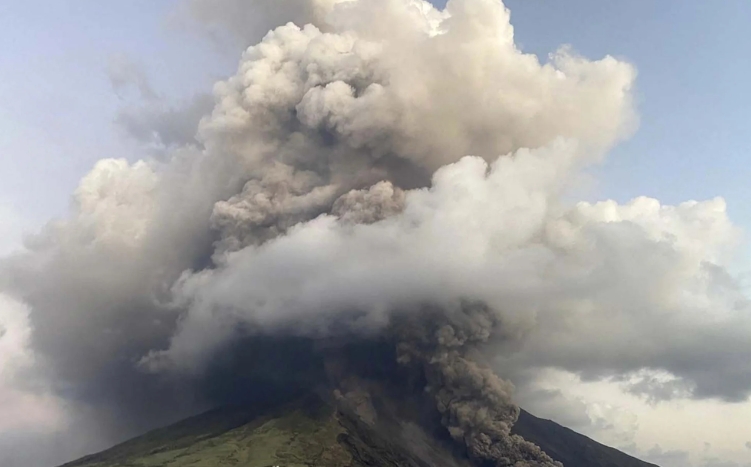Volcanoes are powerful forces of nature that have fascinated humans for centuries. Here’s what you need to know about their explosive power:
What Causes Volcanic Eruptions?
– Volcanic eruptions are caused by the movement of magma beneath the Earth’s surface.
– When pressure builds up, it can result in a violent eruption that releases hot lava, ash, and gases.
Types of Volcanic Eruptions:
– There are different types of volcanic eruptions, including effusive eruptions, explosive eruptions, and phreatic eruptions.
– Explosive eruptions are the most violent and can result in widespread destruction.
Dangers of Volcanic Eruptions:
– Volcanic eruptions can lead to lava flows that destroy everything in their path.
– Ash clouds can block out the sun and cause respiratory issues for humans and animals.
– Pyroclastic flows are fast-moving currents of hot gas and volcanic matter that can travel at speeds of 700 km/h.
Impact on the Environment:
– Volcanic eruptions can have a significant impact on the environment, affecting air quality, climate, and wildlife habitats.
– However, they also play a crucial role in the Earth’s geological processes and can create fertile soil for agriculture.
Studying Volcanoes:
– Scientists study volcanoes to better understand their behavior and predict future eruptions.
– Monitoring systems, such as seismometers and gas sensors, are used to track volcanic activity and provide early warnings to at-risk populations.
Safety Measures:
– If you live near a volcano, it’s important to have an emergency plan in place.
– Stay informed about volcanic activity in your area and follow the guidance of local authorities.
In conclusion, the explosive power of volcanoes is both awe-inspiring and dangerous. By understanding their behavior and taking precautionary measures, we can better prepare for and mitigate the impact of volcanic eruptions.

